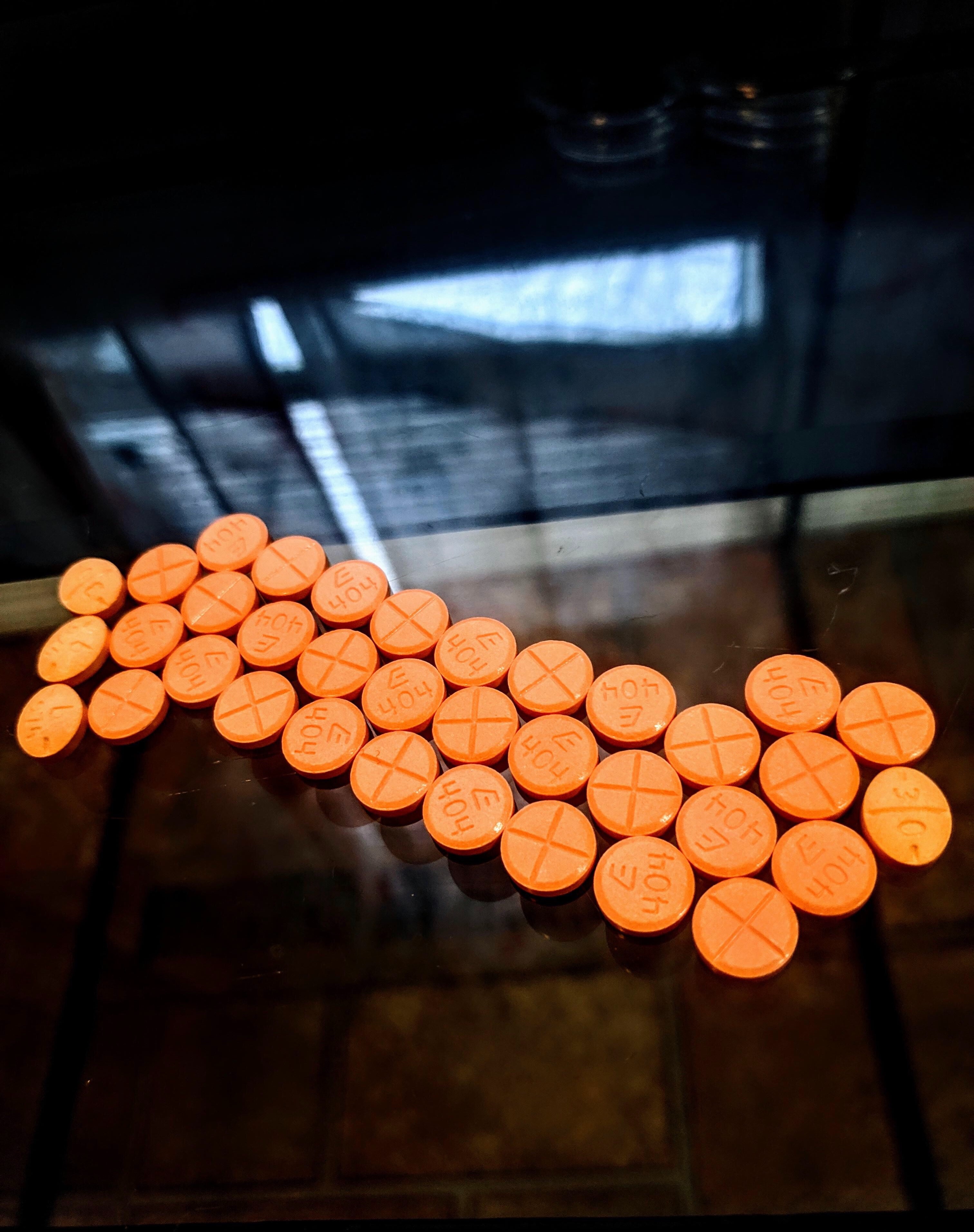The high users experience from meth is arguably more enticing to users compared to other illicit stimulants because of the intense release of dopamine.
The category of stimulant drugs represents a wide variety of legal and illegal substances. When these drugs are used, they stimulate the central nervous system in the brain and body. This stimulation results in increased energy, alertness, and movement. Due to this stimulation, some varieties of these drugs have simply been dubbed “productivity drugs.”.The popularity of such drugs makes sense for many contexts. Productivity is certainly a celebrated quality trait in the United States, and who doesn’t want to have an increase in their energy and movement? But for all the hype of stimulation, this class of drugs continues to set records in epidemic proportions. Here’s what to know about the ongoing dangers and varieties of stimulant drugs.
The Troubled History of Legal Stimulants
Compared to its illegal counterpart, the legal variety of stimulant use is much smaller, including amphetamines such as Adderall, methylphenidates such as Ritalin, and some diet aids. These are medically prescribed in specific cases to treat conditions like sleep disorders, ADHD, or obesity. Today, the use of these stimulants is highly regulated, and the FDA has even included its infamous black box warning to signal a high potential for abuse and/or death if misused.
While these warning signals are helpful, they come in the wake of generations of stimulant abuse. During the 1930s and well into the 1960s, amphetamines had almost no regulations compared to today, and their use included everything from military protocols to prepare soldiers for battle in World War II to inhalers and multivitamins in drug stores. The high level of addiction and abuse was unrealized until the damage was done. It was far too late, and stimulants were far too popular.
Even though the legal use of stimulants like amphetamines is much more regulated than ever before, the high demand for such drugs means that they find their way into the illicit drug market. Adderall seems to be the most damaging drug, with high levels of prescription abuse and a thriving illegal market. The illegal market is especially dangerous because Adderall is often cut with other drugs, especially the lethal drug fentanyl. This only adds to the dangerous and fatal qualities of the drug.
The Ongoing Dangers of Illegal Stimulants
While the danger of stimulants is bad enough in the legal realm, this says nothing about the entire category of illegal stimulants that puts things into further perspective. Illegal stimulants include a wide range of drugs. First, there are the stimulants from the coca plant, known to us in powdered form as cocaine, and the free base form, crack. Then there are the modified amphetamines like meth and ecstasy. Of all varieties of illegal stimulants, meth is probably the most abused and the most dangerous today.

While both meth and ecstasy have similar properties, meth has gained a notorious title by eclipsing cocaine and sending shockwaves throughout America in the 1990s. This phenomenon became what is now known as the meth epidemic in America. As ecstasy and other stimulants are dangerous in their own rite, meth is perhaps the most treacherous of all illegal stimulants because of its wide accessibility, affordability, and high potency. The high users experience from meth is arguably more enticing to users compared to other illicit stimulants because of the intense release of dopamine. However, long-term meth use also leads to nerve terminals in the brain being destroyed. Because these terminals are where dopamine is released, this causes severe psychological problems for both addiction and withdrawal.
Trouble for the Head and the Heart
With addiction comes the side effects of short and long-term stimulant use. These often include disrupted sleep cycles, insomnia, and paranoia. This takes a toll on the mental health and cognitive ability of users over time, sometimes leading to dangerous psychotic tendencies. Additionally, cardiovascular health is a growing concern of legal stimulant use, and some research suggests that Adderall’s morbidity rate is higher than official numbers indicate. This is because Canadian and American numbers are only gathered from voluntary reporting by healthcare practitioners. As a result, the full extent of heart risk from amphetamines is not known, but it is at least important to interpret the messaging from the FDA as an indication of the known risks.
It seems that there’s no safe place to turn when it comes to the widespread danger of stimulant use. Users who are hesitant to dive into the illegal world of stimulants like crack or meth might think they are safer with the regulated options such as amphetamines. However, as we have seen, even these have been signaled by the FDA as particularly addictive and even lethal, according to the black box warning. Unfortunately, it seems that the risks are only disclosed and made clear after the damage has been done.
Sources:
Delphi Health Group. (n.d.). Stimulant Addiction. Retrieved https://delphihealthgroup.com/stimulants/
Delphi Health Group. (n.d.). Demographics of Drug Abuse: Rates in Men vs Women. Retrieved https://delphihealthgroup.com/treatment-guide/men-women-drug-abuse/
Rockefeller Institute. (2020, July, 28). The Second Wave of the Methamphetamine Epidemic. Retrieved: https://rockinst.org/blog/the-second-wave-of-the-methamphetamine-epidemic/
DEA. (2020, June, 5). Stimulants: Drug Fact Sheet. Retrieved https://www.dea.gov/documents/2020/2020-06/2020-06-05/stimulants-drug-fact-sheet
Delphi Health Group. (n.d.). Comparing Meth and Adderall: Are They the Same Drug? Retrieved https://delphihealthgroup.com/stimulants/methamphetamine/and-adderall/
Delphi Health Group. (2019, October, 22). Study Drugs: Are They the Gateway to Hard Drugs? Retrieved https://delphihealthgroup.com/blog/study-drugs/
FDA. (2007, March). Drug Facts and Labeling: Adderall. Retrieved https://www.accessdata.fda.gov/drugsatfda_docs/label/2007/011522s040lbl.pdf
Smithsonian Magazine. (2017, October, 27). A Speedy History of America’s Addiction to Amphetamine. Retrieved https://www.smithsonianmag.com/history/speedy-history-americas-addiction-amphetamine-180966989/
National Institute on Drug Abuse, (2019, October). What is Methamphetamine? Retrieved https://www.drugabuse.gov/publications/research-reports/methamphetamine/what-methamphetamine
National Center for Biotechnology Information. (2021, August, 25). Amphetamines. Retrieved https://www.ncbi.nlm.nih.gov/books/NBK548941/
Delphi Health Group. (n.d.). Is Adderall Cut With Other Drugs? How to Know. Retrieved https://delphihealthgroup.com/drug-cutting/adderall/
Delphi Health Group. (n.d.). Cocaine and ADHD: Can You Use Cocaine to Treat ADHD? Retrieved https://delphihealthgroup.com/stimulants/cocaine/treat-adhd/
Delphi Health Group. (n.d.). Ecstasy Abuse & Addiction: What Are the Signs & Symptoms? Retrieved https://delphihealthgroup.com/ecstasy/
NIH. (2011, July, 30). A Direct Comparison of the Behavioral and Physiological Effects of Methamphetamine and 3,4-Methylenedioxymethamphetamine (MDMA) in Humans. Retrieved https://www.ncbi.nlm.nih.gov/pmc/articles/PMC4430833/
PBS. (n.d.) Map- The Reach of Meth. Retrieved https://www.pbs.org/wgbh/pages/frontline/meth/map/
Delphi Health Group. (n.d.). Meth Addiction Signs and Treatment. Retrieved https://delphihealthgroup.com/stimulants/methamphetamine/
Delphi Health Group. (n.d.). Does Adderall Negatively Impact Sleep Quality? Retrieved https://delphihealthgroup.com/drugs-and-sleep/adderall/
Delphi Health Group. (n.d.). How Does Meth Usage Affect Sleep? (Quality, Dosage & More). Retrieved https://delphihealthgroup.com/drugs-and-sleep/meth/
NIH. (2009, March, 14). Adderall and Cardiovascular Risk: A Therapeutic Dilemma. Retrieved https://www.ncbi.nlm.nih.gov/pmc/articles/PMC2690554/


Join the conversation!